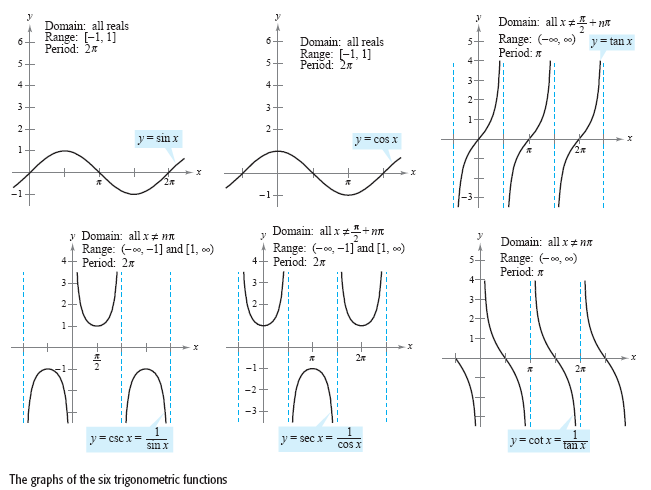This is the basic identity
and these two can be derived from the first identity
taking note that
These following angle-identities can easily be derived if we take a look at the graphs of he respectively functions (see Trigonometry Series (Part 1)).
Consider any triangle, it need not be right-angled,

then there are two laws that can help us to calculate angles or side length of a triangle, given that we have the information about three other angles and/or sides of the triangle.
Law of Sines
Law of Cosines:
Next time we take a look at some useful formulas.








